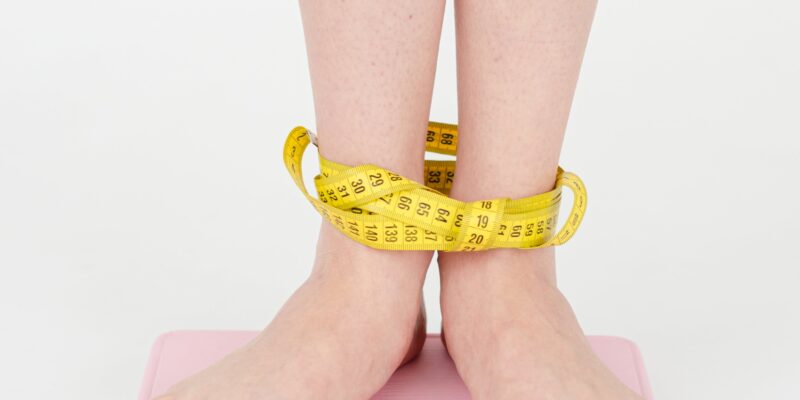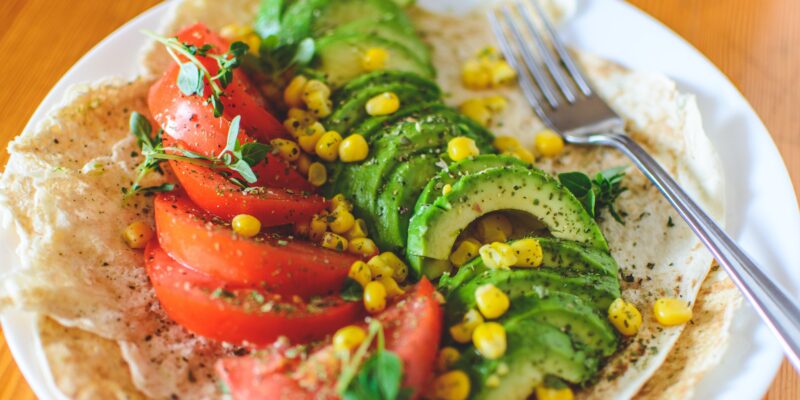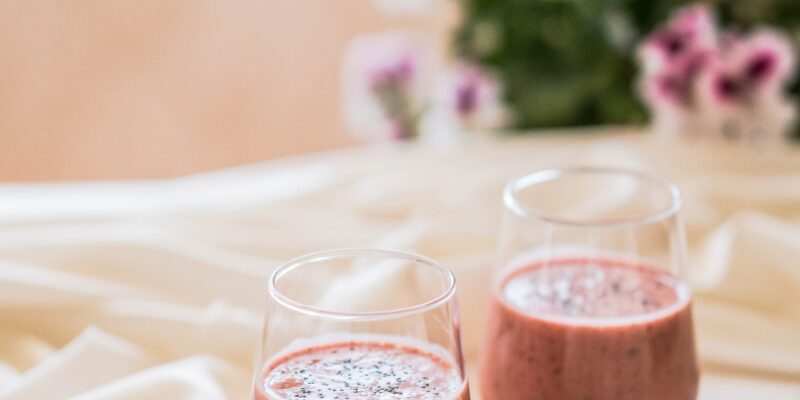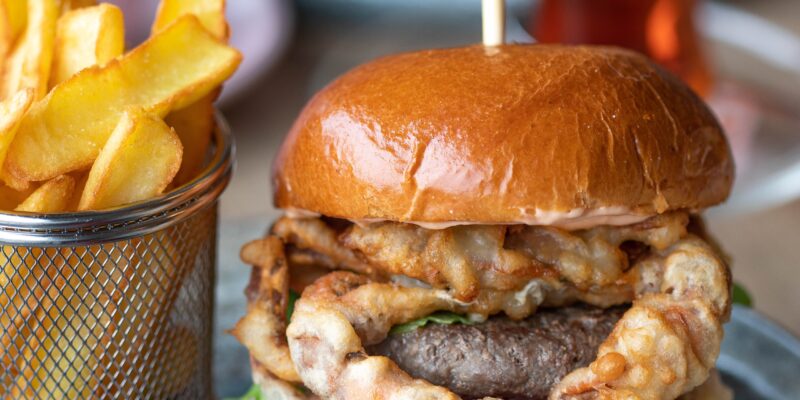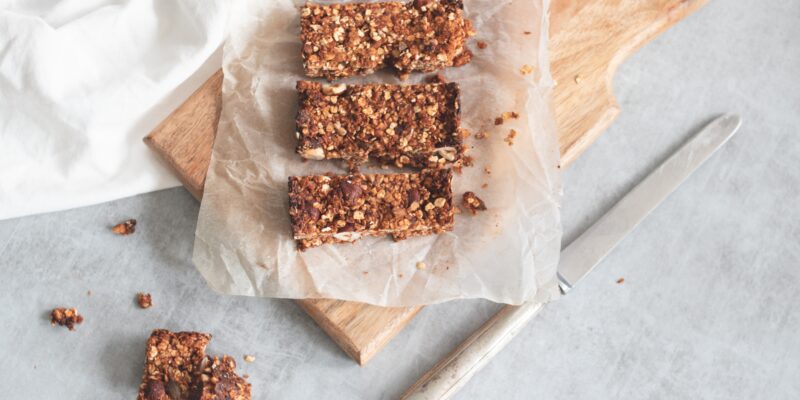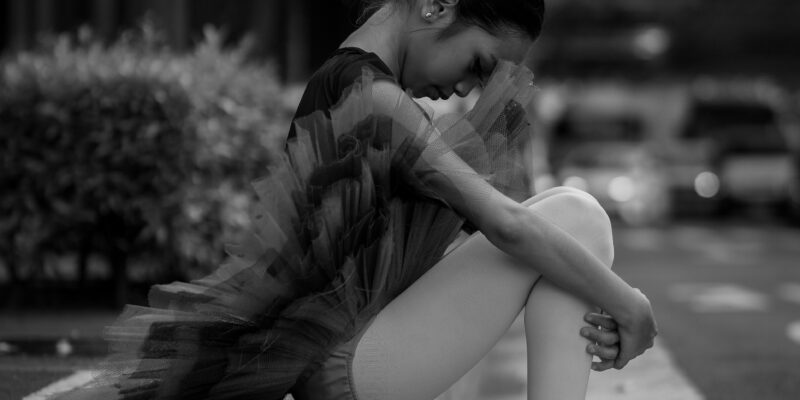Using a charting system such as ideal weight charts to determine a dancer’s performance potential is extremely harmful. Dancers have a three times higher risk of suffering from an eating disorder when compared to the general population. This article discusses what an Ideal Weight Chart for Dancers is and whether they’re helpful or harmful.
Read More...A Dancer’s Shopping Guide: Groceries
Navigating your grocery aisles can be intimidating. Endless options of any one type or brand of food can be daunting. As dancers continue to experience financial strain throughout the current global pandemic, access to quality food options is made even more stressful. But how can dancers continue to fuel optimally despite these obstacles? Here are 3 key steps…
Read More...How To Stop Eating When You Feel Full
Are you having difficulty honoring your fullness cues? Are you frustrated about constantly eating past a comfortable fullness? Do you find yourself “overeating” more times than not? In this post, we’ll discuss what it actually means to feel full after eating and how to regain the ability to feel when enough is actually enough.
Read More...Dancers and Food Rules: A Guide to Breaking Free
For dancers especially, maintaining supportive mealtime habits means breaking free from these strict food rules as part of a larger initiative to dismantle dancer diet culture and make peace with food (the first two fundamental values of The Healthy Dancer®. This blog post aims to explore the origins of food rules and offers practical strategies for dancers to break free from restrictive food rules.
Read More...Thanksgiving Day Survival: A Dancer’s Ultimate Guide
Thanksgiving is a time for celebration, gratitude, and of course, delicious food. But for many dancers, the holiday can bring challenges. Whether navigating a table full of festive foods or dealing with the pressure to stay “on track” before Nutcracker, Thanksgiving doesn’t have to be stressful. You can enjoy the holiday while fueling your body for dance and honoring your needs. In this blog post, we’ll formulate solutions to the most common food- and body- struggles that dancers experience around holiday meals.
Read More...Dinner Hack for Busy Dancers: Potato Boats
Potatoes, whether mashed, fried, or baked, are a classic comfort food adored by many. But misinformation and circulating food fears often leave dancers wondering if potatoes are an okay addition to their meal plans. In this blog post, we’ll delve into the benefits of potatoes and share unique recipes that showcase their potential as a convenient and balanced meal.
Read More...The daunting realities of cooking for dancers
If you’re a dancer who has or is struggling with disordered eating, or perhaps you’re attempting to abide by strict “clean” eating rules, then cooking can easily become a daunting task. In this blog post, we will explore the reasons why cooking can be an unexpected challenge for dancers, and how to rekindle this activity in a way that feels joyful and supportive.
Read More...Vegan Diets for Dancers – An Ultimate Guide
We can all benefit from including plants on our plate, but what about a dancer who is aiming for a lifestyle that’s 100% plant-based? A dancer’s, especially an adolescent dancer’s, nutritional needs are higher than the average person’s. Is it doable to follow a vegan diet and meet these extensive nutritional needs? You’ll also grab actionable tips for implementing your vegan diet in a supportive and non-restrictive way.
Read More...Plan for Nutcracker: Your Balanced Nutrition Meal Plan
The holiday season is especially busy for dancers. Add Nutcracker to the list and you’ve got what feels like an overwhelming month-long marathon. This article will discuss common pitfalls when fueling for Nutcracker and help dancers formulate a meal plan that supports the high-energy demands of this extreme (and busy) performance season.
Read More...20+ Nourishing Smoothie Recipes for Dancers
As a dietitian, one of my favorite aspects about smoothies is the opportunity for customization. Smoothies allow dancers to build a combination of ingredients that suits their taste preferences. For dancers, smoothies can provide a convenient way to consume a variety of nutrients, including vitamins, minerals, and antioxidants. In this blog post, I’m sharing 20+ smoothie recipes for dancers.
Read More...Understanding Hunger: Your Cues to Eat
What happens when you ignore hunger cues? Learning how to reconnect with your innate feelings of hunger (and fullness), is an important component to a balanced lifestyle. Though not always practical, especially if you’re recovering from a history of eating disorders or simply navigating a hectic schedule, listening to your body’s mealtime cues is a critical skill. Therefore, let’s discuss 3 ways to reconnect with your innate hunger and fullness.
Read More...A Holistic and Non-diet Approach to Managing Reflux
Acid reflux, also known as gastroesophageal reflux disease (GERD), is a common digestive condition. Since dieting (even “clean” eating) closely resembles disordered eating, it’s plausible to wonder if symptoms like reflux are less related to weight and more related to the interventions prescribed to lose weight. For populations (like dancers) who are more prone to disordered eating, these traditional interventions can do more harm than good.
Read More...5+ Healthy Granola Bar Recipes for Dancers
Granola bars are a healthy snack for dancers, offering a quick source of energy due to their carbohydrate composition, which is extra beneficial for dancers who need bursts of energy during rehearsals or performances. With countless options available for purchase, granola bars can be incorporated as part of a variety of snacks within a dancer’s well-rounded meal plan. To mix things up, this blog post will offer my favorite D.I.Y recipes to build a bar in 20 minutes or less. Each highlights a custom combination of ingredients to support sustained energy and performance.
Read More...Diet for Dancers: Carbohydrates
For dancers, the benefits of a macronutrient mix are vast. But where do carbohydrates stand? Dancers need to maintain a balanced diet that includes an adequate amount of carbohydrates, along with proteins and fats, to support their energy needs and overall performance. In this blog post, we’ll explore why carbohydrates are essential and how they can be best incorporated into a dancer’s meal plan.
Read More...How To Understand Nutrition Research
Nutrition research is integral to how we understand the impacts of various foods and/or behaviors on health. But nutrition research gets messy. This article will dive into the reasons why. Christy Harrison is a fellow dietitian who covers these facts and more in her book, Anti Diet.
Read More...Can Dancers Strive for Body Goals in a Healthy Way?
Weight loss, muscle gains, and fat loss make up the most common desires for dancers looking to construct body goals. While we know that restrictive dieting isn’t a sustainable path toward these goals, it’s still a tempting route when wanting to look different. This is especially true in a culture that fixates on specific body ideals. Regardless, is it okay for dancers to have body goals? And can they strive for those goals healthfully? Or do these goals require some bit of restrictive control over food and exercise?
Read More...5+ “Clean” (Diet) Foods To Start Enjoying …Again
I once thought that a veggie-loaded salad (dressing on the side) was sufficient for lunch. Not only did it check the boxes of a “healthy” meal, but it also filled me physically and, according to what I thought was right for a dancer, gave me the reassurance of control— the hope that if I continued […]
Read More...Asking AI For Nutrition Advice- What You Should Know
Artificial intelligence (AI), as a mainstream medium for information, is quickly becoming the norm not just for everyday life, but also, in healthcare. AI for nutrition advice, from calorie targets to meal plans, has gained popularity due to its accessibility. But AI comes with major risks and limitations. This article will uncover everything you should be aware of when relying on chatbots, ChatGPT, and other AI-driven tools for nutrition advice.
Read More...5 Ways Dancers Can Prep for Nutcracker Auditions
Nutcracker is an exciting time— for some dancers, it’s the biggest performance of their year. For others, it’s a time of traditions and a balancing act between a crazy busy performance season and time off for the holidays. But alongside this excitement comes the road leading to it, and it starts with your audition. Chances […]
Read More...Dancers with ADHD- tackle the challenges of food and nutrition
Attention-deficit/hyperactivity disorder (ADHD) is a neurodevelopmental disorder— a form of neurodivergence characterized by a shift in how the brain thinks and processes information. People with ADHD often experience an ongoing pattern of inattention, hyperactivity, and/or impulsivity that interferes with their ability to function. Dancers with ADHD can experience a variety of challenges in the studio. […]
Read More...